Predictive Analytics of Donors in Crowd Funding Platforms
Analytics Vidhya
JUNE 30, 2022
Introduction to Predictive Analytics DonorsChoose.org is an online charity platform where thousands of teachers may submit requests through the online portals for materials and particular equipment to ensure that all kids have equal educational chances. The project is based on a Kaggle Competition […].


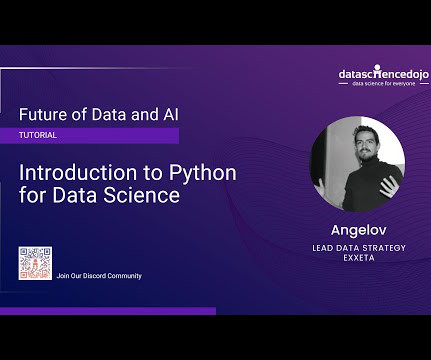
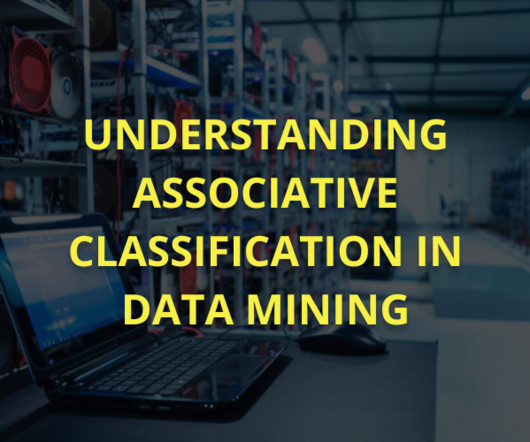

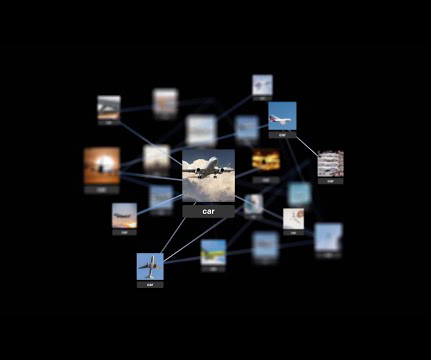


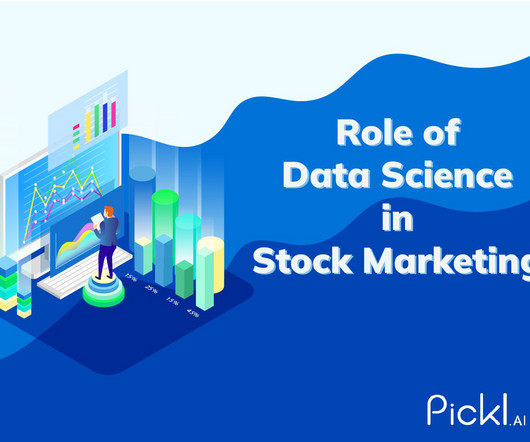

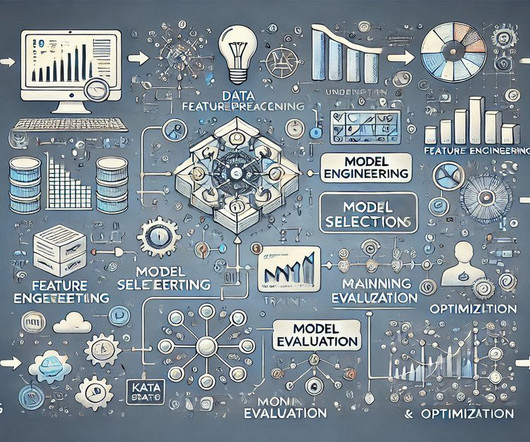
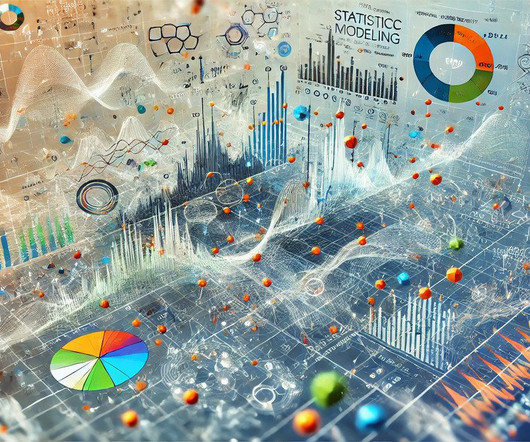













Let's personalize your content